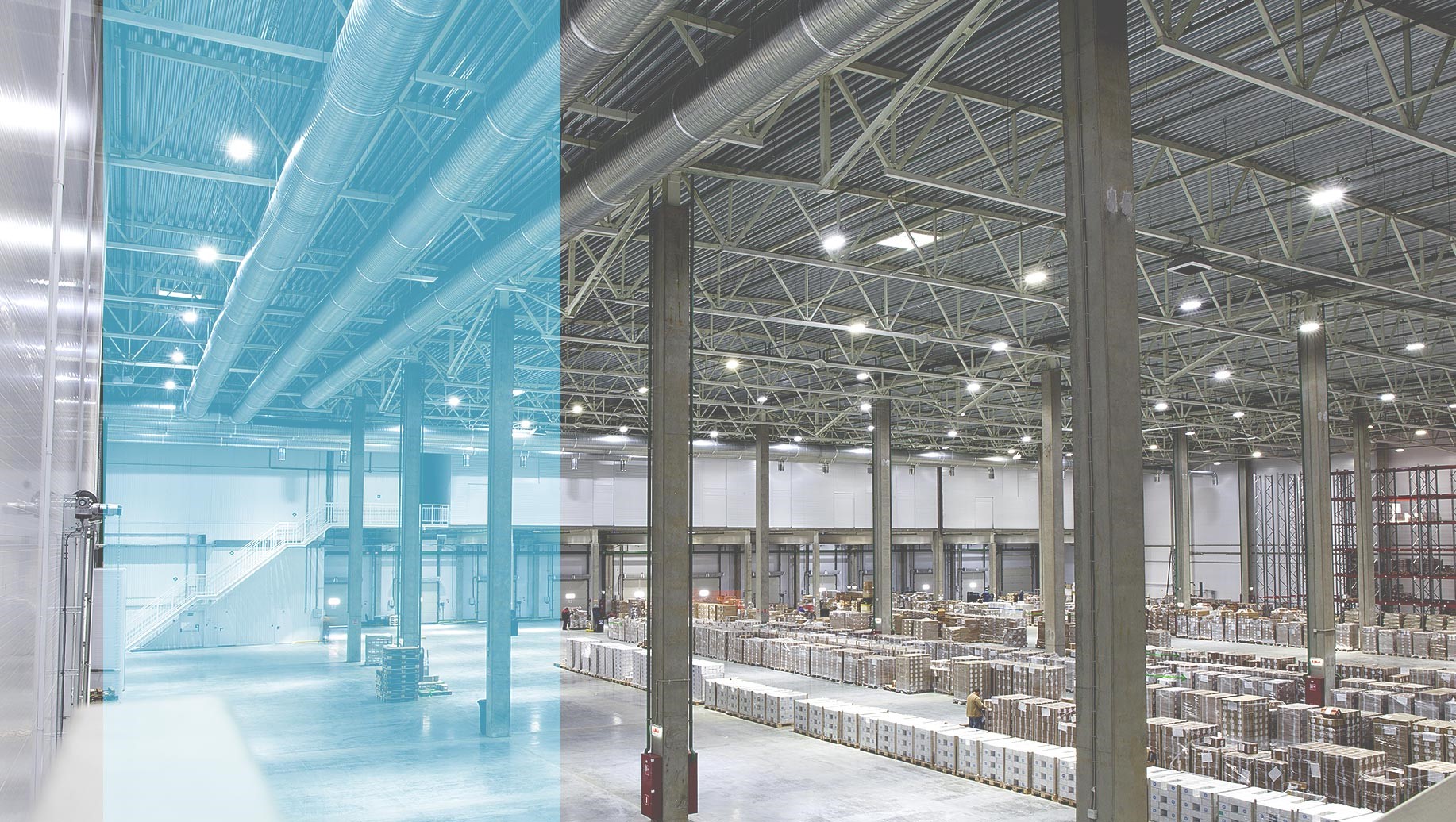In 2018, commercial buildings averaged 10.67 cents per kilowatt hour, which is the highest energy costs have been in five years—and the second-highest in a decade. That said, the Internet of Things (IoT) now offers commercial building owners the opportunity to significantly lower costs—and transition to a more sustainable way of doing business at the same time.
IoT devices work like this: Data-collecting sensors are placed throughout your facility to pinpoint exactly where and how you’re using energy. You can then utilize that information to make incremental, strategic changes in building operations, sometimes automatically through a smart, interconnected infrastructure.
With this data comes obvious solutions; for example, building owners may switch to LEDs if smart meters indicate high kilowatt hour-usage from traditional light bulbs. Other solutions are less expected, though they can vastly lower overhead costs. Many companies are even using IoT applications in conjunction with their renewable energy sources to achieve the maximum benefits afforded by the technology.
Following are some of the most effective (and surprising) ways in which IoT devices promote efficiency, sustainability, and savings.
3 Ways To Achieve Energy Efficiency With IoT Devices
1. Ventilate only when necessary.
IoT sensors can monitor the quality of air in your commercial building—in this case, specifically CO2 levels. The American Society of Heating, Refrigerating, and Air-Conditioning Engineers (ASHRAE) recommends specific ventilation standards, but since commercial buildings are rarely filled to capacity, most businesses end up over-ventilating their spaces. They then need to heat or cool that newly introduced outdoor air, which results in wasted money and energy.
By implementing a demand control ventilation system, you can monitor CO2 levels (CO2 serves as an indicator of the number of occupants) and ventilate only when it’s necessary to improve the indoor air quality. As a result, your heating and cooling units use a minimal amount of energy.
[bctt tweet=”By implementing a demand control ventilation system, you can monitor CO2 levels and ventilate only when it’s necessary to improve the indoor air quality, saving energy.” username=”iotacomm”]
2. Reduce your energy usage during peak times.
Energy is always an imperative resource, but its value actually fluctuates depending on the season and time of day. For example, on a hot summer afternoon when everyone’s running their air conditioners, electricity providers may charge more because they’re struggling to keep up with demand.
One very effective strategy for energy efficiency, using IoT devices, is called peak shaving. It involves monitoring the load signature of your building and determining what equipment is responsible for peak demand, and making adjustments in your operations to mitigate those excessive demand charges. In this way you can use energy strategically to reduce your building’s maximum 15-minute power requirements while still maintaining the comfort level of the building.
You can also use the IoT to participate in demand response programs. Utilities often rely on demand response programs to stretch their capacity, offering financial incentives to companies willing to limit their energy usage during peak times. Curtailment service providers (CSPs) enter into contracts with independent system operators, who will pay you to cut usage during conservation periods.
This process is more effectively implemented with the help of smart meters, which collect power-usage data for machinery and HVAC equipment. Similar to peak shaving, you can learn which practices are the most energy-demanding, and alter your energy use patterns appropriately during conservation times.
3. Take advantage of renewable energy.
Environmental sustainability and green practices have the potential to boost your company’s brand value, but when used correctly, they can also significantly lower costs for commercial buildings. Whether you’re utilizing thermal, mechanical, wind, or solar energy, the IoT plays an important role in renewable energy as well.
For example, almost every solar installation comes with a solar power monitoring device that monitors both external conditions (like radiance of the sun) and elements of system performance (like system output and battery storage levels). IoT sensors monitor and optimize temperature, lighting, and energy consumption, producing a wealth of data that you can use to improve your building’s overall performance.
Combine These 3 Strategies For Maximum Impact
While all of the above tactics are powerful on their own, they’re even more impactful when combined. For example, renewable energy options such as thermal energy storage, battery storage, solar power, and more are all frequently used by facilities to minimize power during peak energy times, and meet the necessary power reduction requirements for demand response events. Similarly, reducing the energy required for ventilation will also help you reap the benefits of demand response programs.
Are you looking to boost energy efficiency in your building with IoT devices? Schedule a free call with us at Iota.
Through the use of wireless sensors and data-analysis software, Iota helps turn your commercial facility into an interconnected smart building. During our brief discovery call, we’ll discuss the unique needs of your facility and explain how partnering with us can result in financial savings and sustainable options for your business.
Iota offers a wide range of solutions to help you meet your energy-saving goals; contact us today to learn about them.


